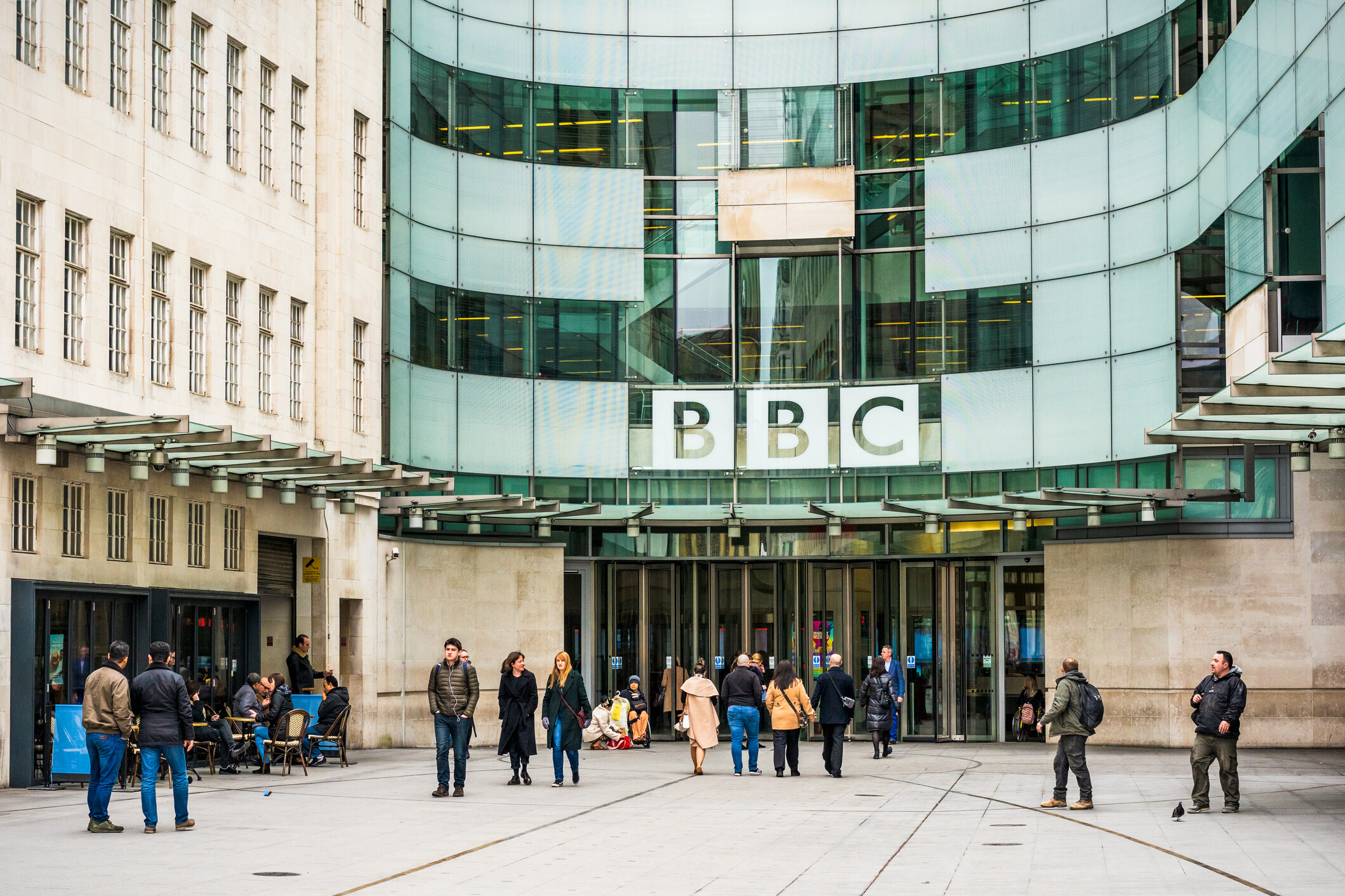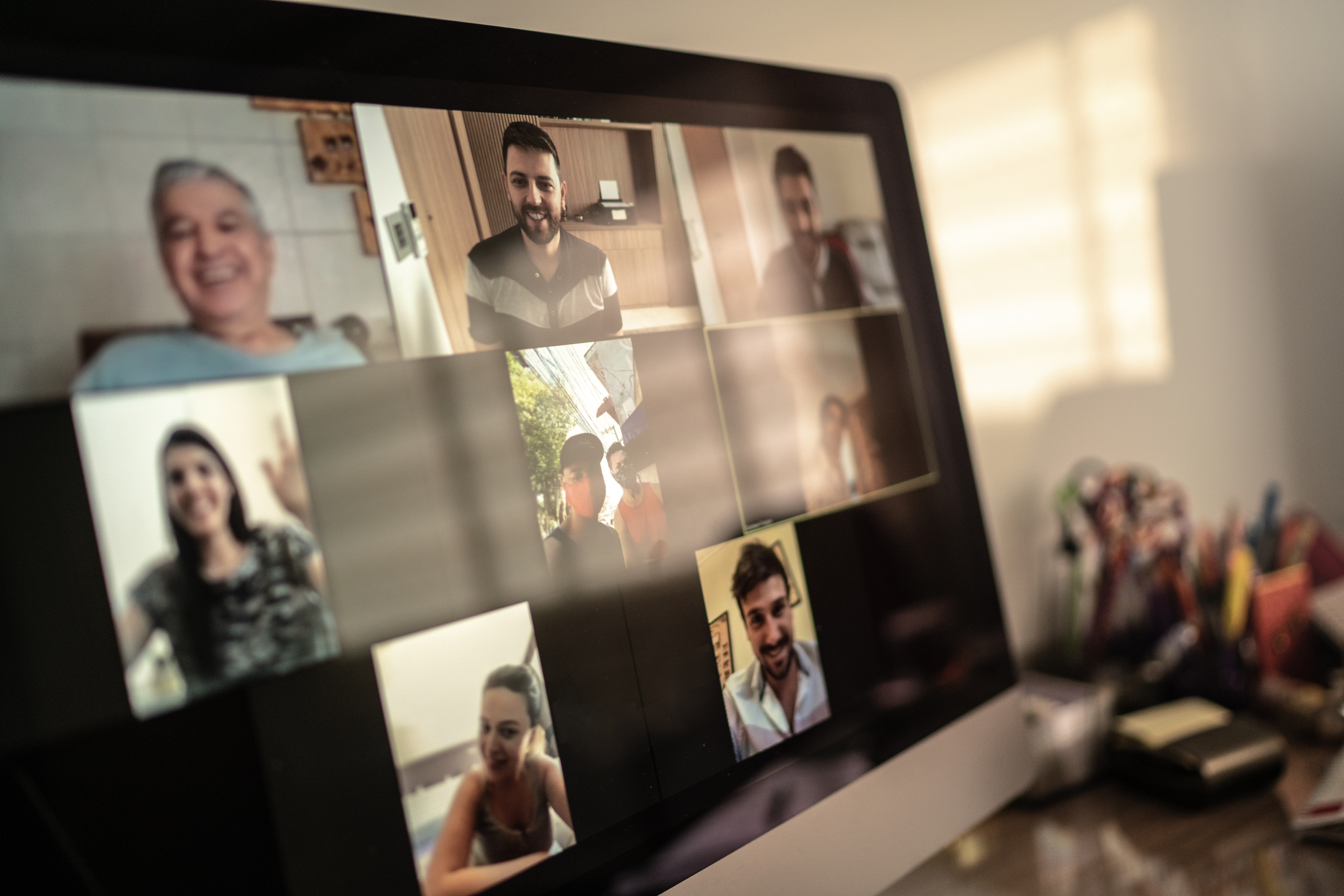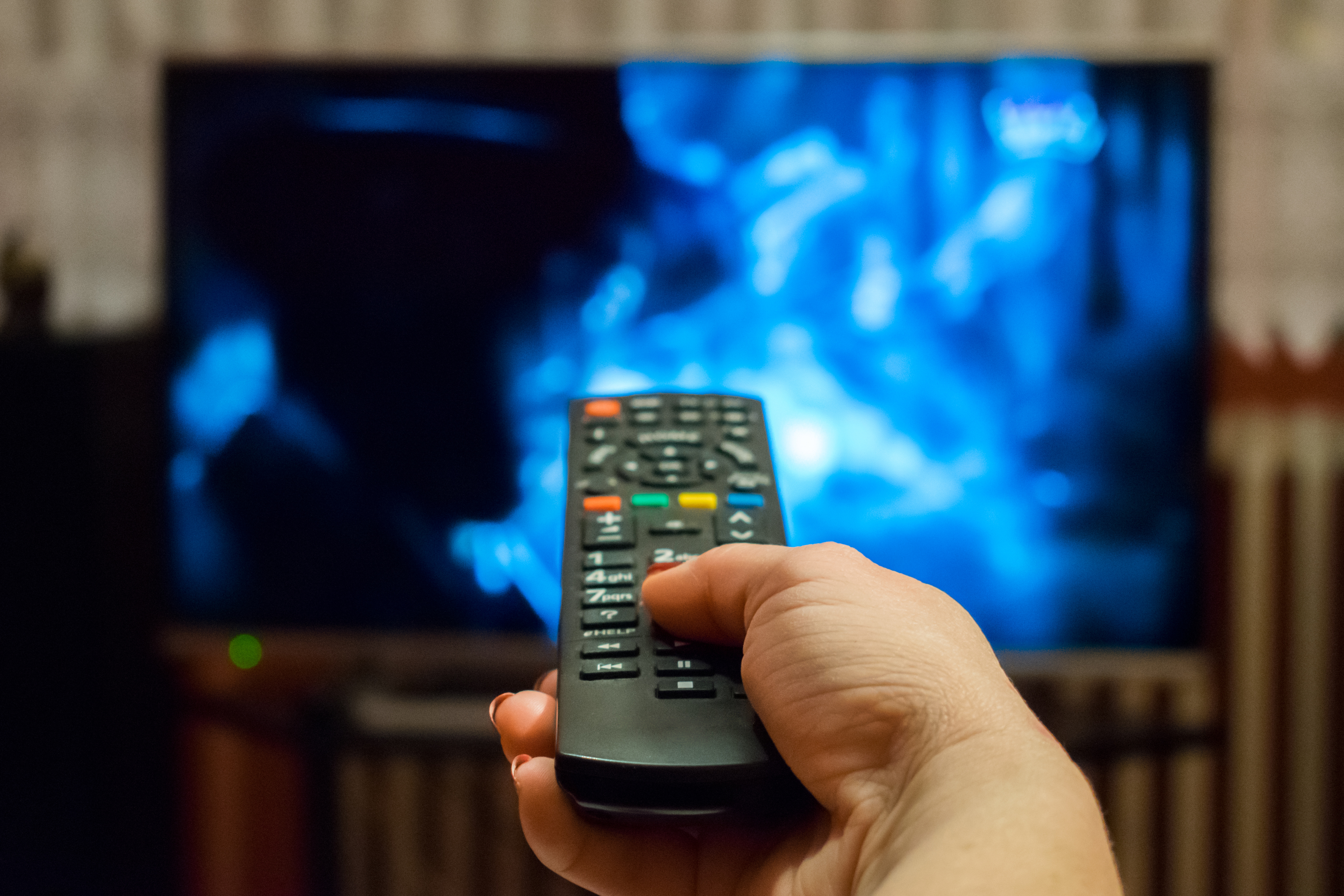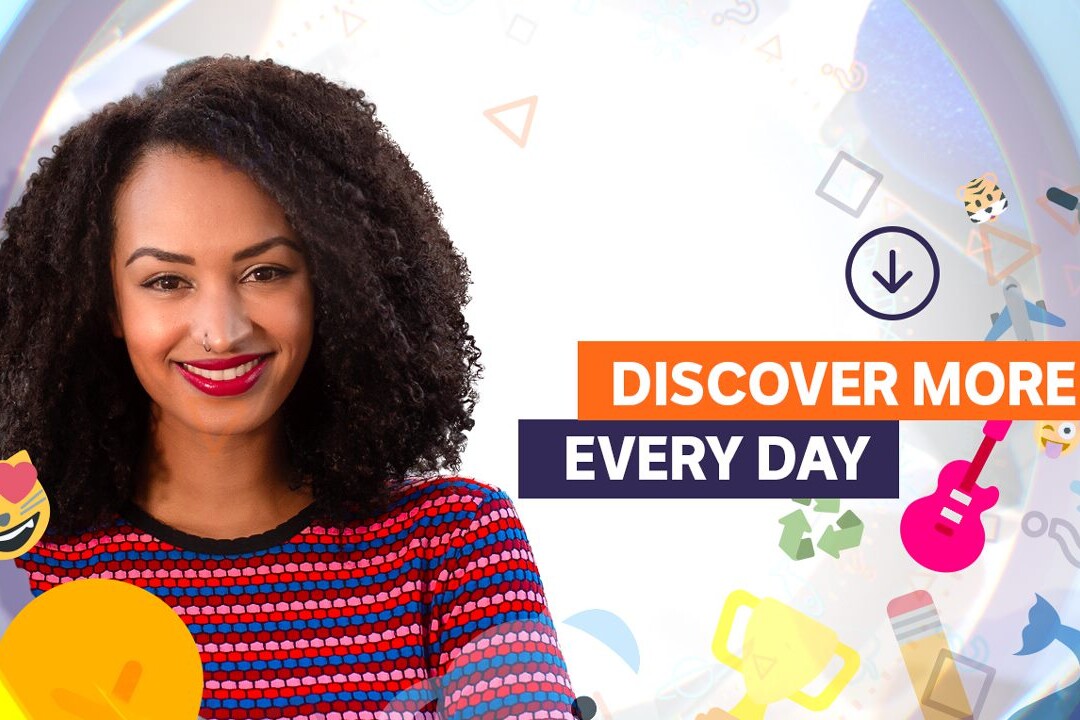Public media organisations have stepped up to provide educational resources across the digital divide during the pandemic.
By Chloe Howcroft
Since the first COVID wave, public media organisations have expanded their education offerings to meet the needs of children and young people amid school closures.
In response to the UK’s initial lockdown, the BBC launched the biggest online education offer ‘in its history’, providing curriculum-based learning across its BBC Bitesize website, BBC iPlayer, BBC Sounds and BBC Four. In March 2020, France Télévisions launched a new education platform, Lumni, on its dedicated youth channel France 4, providing podcasts, videos, quizzes and other interactive learning materials for pre-school, primary and secondary school students. In Germany, public broadcasters ARD and ZDF made home-schooling materials available via their online media libraries as well as a playlist of educational material on their collaborative network, funk.
But as the COVID-19 situation developed and many schools remained closed around the world; public media had to adapt to ensure their resources had the widest available reach. It also revealed a considerable challenge in bridging the ‘digital divide’ and ensuring equitable access for those with limited or no access to the internet or technology.
Educating via broadcast
At the start of the pandemic, concerns soon emerged about a widening education gap for harder to reach children without internet access across the US, especially for those living in rural areas. A solution, explained PBS President and CEO Paula Kerger, was to develop a close collaboration between public broadcasters and local school systems.
Within a week, PBS stations in California, including KCET, KCLS and PBS SoCal, partnered with the Los Angeles Unified School District (LAUSD) to launch a new, comprehensive home-schooling service, airing educational programmes on their stations for different school grades. Other PBS stations have since engaged in partnerships with local educators and developed digital resources to compliment offline materials. LAUSD Superintendent, Austin Beutner, who initiated the service, explained, “We felt an obligation to make sure, from an equity and access standpoint, everyone could participate and continue to learn… We have this broadcast platform that reaches virtually every home, so we can continue to serve students who don’t have access to the internet.”
Read more: California stations create at-home learning service that aims to bridge digital divide (Current)
In an opinion piece published in The New York Times, journalist Margaret Renkl highlighted that PBS’ learning materials have been ‘especially crucial to families without access to broadband internet, and it has been a huge boon during the Covid quarantines’.
Many PBS stations were originally established with education in mind; PBS is commonly referred to as ‘America’s largest classroom’. Its dedicated children’s channel, PBS KIDS, was launched in 1994 as a platform to both educate and entertain children and, in a recent nationwide survey, it was ranked ‘the #1 educational media brand for children’.
PBS KIDS is here for all of your at-home learning needs! No matter what the school year looks like, you can find at-home activities, digital resources, a newsletter focused on learn-at-home content and much more. https://t.co/x5fnFeYfJX pic.twitter.com/OEcqmQ2C63
— PBS KIDS (@PBSKIDS) September 26, 2020
Yet during the Trump administration, public media in the US faced mounting pressures as the former President regularly threatened to cut or cease federal funding. Kerger hopes that local PBS stations’ “very deep relations with their members of Congress… particularly because of the work… in education” as well as their local ownership and governance structures, will make decision-makers more aware of the work that PBS has done – and continues to do – to cater for communities with restricted internet access. She also hopes that this will also lead to increased support and resources for public media.
A similar digital divide has been seen in Australia. The Education Editor of The Sydney Morning Herald, Jordan Baker, highlighted that “As many households do not have access to computers or wireless internet, raising concerns about remote lessons increasing the disadvantage gap, television is seen as the best way to deliver educational content to some of the students who need it most.” In the same article, Jordan explored how the Australian Broadcasting Corporation (ABC) was helping to address accessibility issues by broadcasting free, educational shows on its children’s television channel, ABC Me. Content included ten-minute ‘mini-lessons’ presented by teachers in various subject areas and broadcast on an adjusted weekly TV schedule during term-time school hours to support parents and students learning from home. Working in collaboration with the Department of Education, ABC has since expanded its ‘curriculum-aligned educational programs for primary and secondary students’, while offering more resources on its ABC Education portal for teachers to download and use in their classrooms when able.
In tomorrow’s #English #MiniLessons from 10:05am, students will learn the features of a narrative and how to identify and use pronouns and nouns. View the TV schedule: https://t.co/nq7JP1YHWt #literacy @ABCTV pic.twitter.com/OZ2y5TdseI
— ABC Education (@ABCEducationAU) September 3, 2020
While many public broadcasters have followed suit in collaborating with education institutions to cater for home-schooling both off- and online, some have moved beyond the scope of their broadcast and digital platforms to launch targeted, tangible charitable initiatives to ensure that no child is left behind.
"Our Californian stations quickly came together... and began to rollout what has been a fairly aggressive scope of work to help close the gap for kids that don't have access."
Paula Kerger, PBS President and CEO (interview with NBC News)
"... because learning has no limits. Thai children must have access to education in all areas."
Thai PBS
Social campaigns
Through its ‘Make a Difference’ campaign, local BBC radio stations encouraged the public to donate used internet-able devices to children most in need as school classes rapidly moved online in the UK. According to the public broadcaster, more than 46,000 laptops and tablets were donated by the public, an additional 2000 were donated by the BBC and many more were pledged by businesses.
The campaign also helped to address the need to improve household internet access. Local BBC radio stations invited mobile phone networks and operators to donate ‘wifi dongles and data SIM cards to enable families with no or limited internet access to get online for home schooling’.
While campaigns like this often aim to meet short-term needs, the BBC has recognised the necessity for physical resources beyond school closures and has committed to continue working with companies and charities that can provide devices for pupils.
Other public broadcasters have implemented similar ‘physical’ initiatives. The Thai PBS Foundation recently launched a campaign to invite donations to help fund the purchase of televisions, set-top boxes and other equipment and accessories needed for schoolchildren to access educational content at home. In a press release, the Thai public broadcaster explained that the fundraiser was launched ‘because learning has no limits. Thai children must have access to education in all areas.’
It is the latest in a long line of education initiatives pioneered by Thai PBS. In recent years, it has collaborated with museums, public libraries, and other public bodies to implement the ‘Thai PBS Learning Shelf’, a kit that consists of DVDs, Thai PBS programmes and various other learning and skills-building materials. During the COVID-19 pandemic, Thai PBS offered its Learning Shelf to several government departments and education institutions.
Beyond the COVID-19 pandemic
Despite increasingly stretched resources as they compete with SVODs and other platforms, the grounding values of universalism, accessibility, public funding and accountability have made public media indispensable societal resources during a time of crisis. These values help to ensure that public media are available and produce diverse content beyond online resources, unlike commercial streaming services.
Their critical role during the pandemic should serve as a reminder to politicians, regulators, the public and other stakeholders as to the long-term need for well-funded, accessible and sustainable public media.
The Public Media Alliance also hopes that both public and political spheres recognise the resilience of public media organisations that have proactively and collaboratively used their scale and reach during the pandemic to provide essential news, information, and educational resources for all. PMA also calls on decision-makers to reconsider funding cuts that could adversely impact the ability of PSM to maintain and expand their services.
Public broadcasters are increasingly expected to do more with less, it is concerning to imagine what the world would have looked like had public media not stepped up during COVID-19.
Header Image: Concept of homeschooling or e-learning, young girl busy in writing by looking into laptop while teacher explaining during covid-19 or coronavirus pandemic crisis. Credit: lakshmiprasada S/Shutterstock
Related Posts
6th January 2021
BBC to ramp up education offer during latest UK lockdown
In the wake of a third national…
21st September 2020
Audience engagement and public media during COVID-19
Engaging with audiences is essential if…
1st April 2020
ABC expands education schedule to support students at home during COVID-19 crisis
The ABC is launching an expanded…



